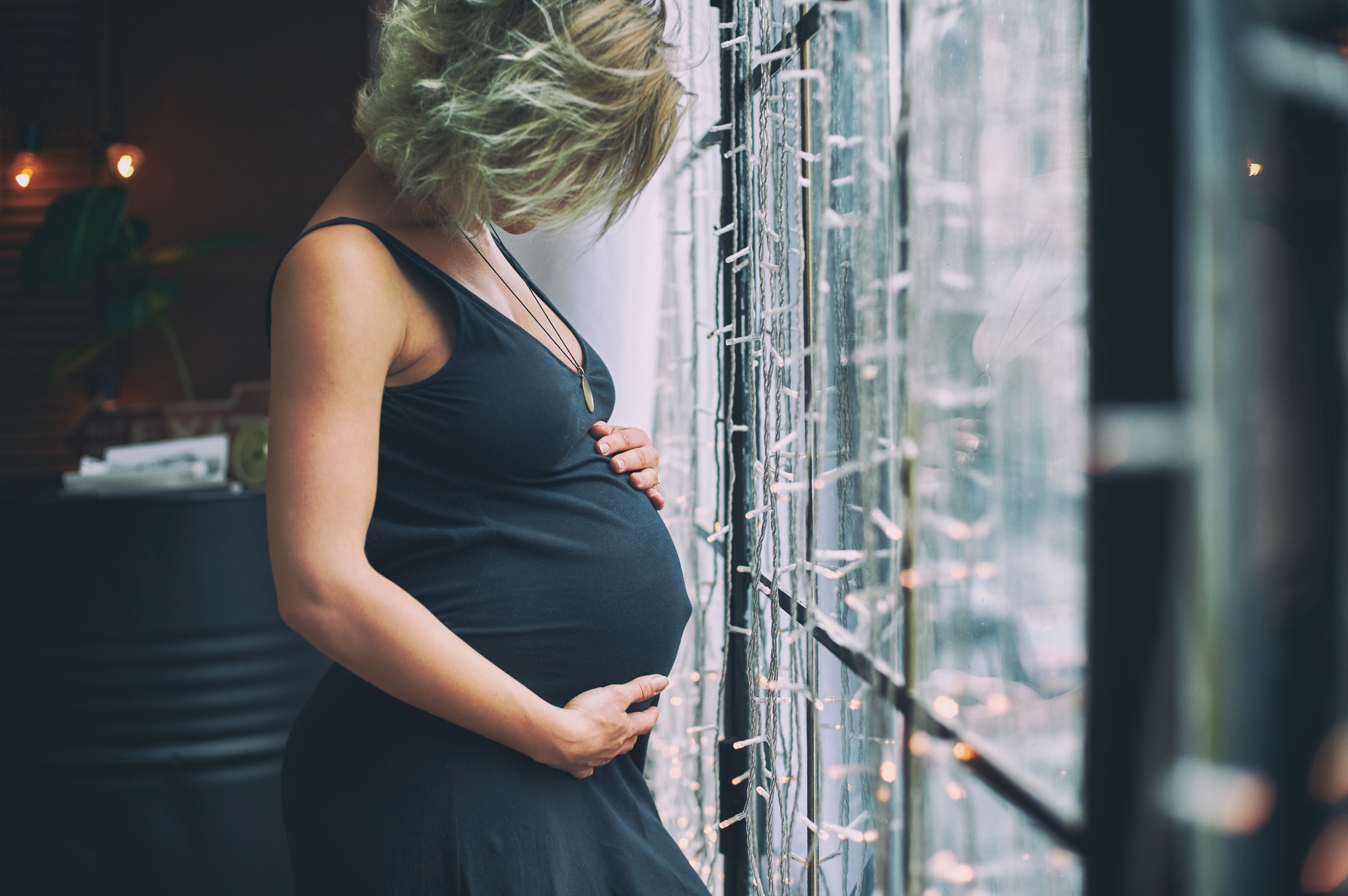The U.S. birth rate saw a steep drop off in 2020 due to the COVID-19 pandemic and its economic effects. However, recent data suggests that the birth rate may be on the rise again. This is an interesting development, as the U.S. has seen a long-term decline in the birth rate for several decades. In this blog post, we’ll explore the factors that may be contributing to the recent uptick in the U.S. birth rate and discuss the potential implications of this trend.
First, let’s take a look at some of the data surrounding the U.S. birth rate. According to the Centers for Disease Control and Prevention (CDC), the U.S. birth rate reached a record low in 2020, with 3.6 million births, the lowest number in 35 years. This represents a drop of 8% from the previous year, and the largest single-year decline in the U.S. birth rate since the government started keeping track in 1909.
There are several reasons why the U.S. birth rate dropped off in 2020. One major factor was the COVID-19 pandemic, which had a significant impact on people’s ability to have children. The pandemic disrupted fertility treatments and caused many potential parents to delay having children due to economic uncertainty and other concerns.
Additionally, the economic downturn caused by the pandemic likely played a role in the decline in the birth rate. The unemployment rate soared to its highest level since the Great Depression, and many people faced financial insecurity and uncertainty. This may have caused some people to delay having children or to decide not to have children at all.
However, recent data suggests that the U.S. birth rate may be on the rise again. The CDC reported that the number of births in the U.S. increased by 5% in the third quarter of 2021, compared to the same period in 2020. This marks the first increase in the U.S. birth rate in over a year, and it’s likely that the trend will continue as the economy recovers and the pandemic wanes.
So, what’s driving this uptick in the U.S. childbirth rate? It’s likely that a combination of factors are at play. One possibility is that people who delayed having children due to the pandemic and economic downturn are now starting to have them. This is supported by data from the CDC, which shows that the number of births to women in their 30s and 40s increased in the third quarter of 2021, while the number of births to women in their 20s declined.
Another factor that may contribute to the increase in the U.S. childbirth rate is the widespread distribution of vaccines against COVID-19. With more people being vaccinated, there is likely to be less concern about the risks associated with the pandemic. This may make some people feel more comfortable about having children.
It’s also possible that the rise in the U.S. childbirth rate is due to changes in societal attitudes toward children. In recent years, there has been a growing trend towards having smaller families or not having children at all. However, it’s possible that the pandemic and economic downturn may have caused some people to reconsider their decision not to have children. Hence, this led to an increase in the childbirth rate.
There are a few potential implications of the recent increase in the U.S. childbirth rate. One is that it could lead to a baby boom similar to the one that occurred after World War II. This could have significant economic and social consequences. It could lead to an increase in demand for childcare and other family-related services.
Another potential implication? The increase in the U.S. birth rate could lead to an increase in the overall population of the U.S. This could have both positive and negative consequences. On the one hand, a growing population could lead to increased economic growth and development. On the other hand, a larger population could also put more strain on natural resources and the environment. This could exacerbate issues such as overcrowding and pollution.
In conclusion, the U.S. birth rate saw a steep drop off in 2020. This is due to the COVID-19 pandemic and its economic effects. However, recent data suggests that the birth rate may be on the rise again. This is likely due to a combination of factors such as people who delayed having children starting to have them. Or, it could be due to the widespread distribution of vaccines, and changes in societal attitudes toward having children. The increase in the U.S. birth rate could have significant economic and social implications. This includes the potential for a baby boom and an increase in the overall population of the U.S. It will be interesting to see how this trend develops in the coming years. If you are expecting and in need of insurance coverage, visit Healthedly.com or call 855-522-2201 for more information.







